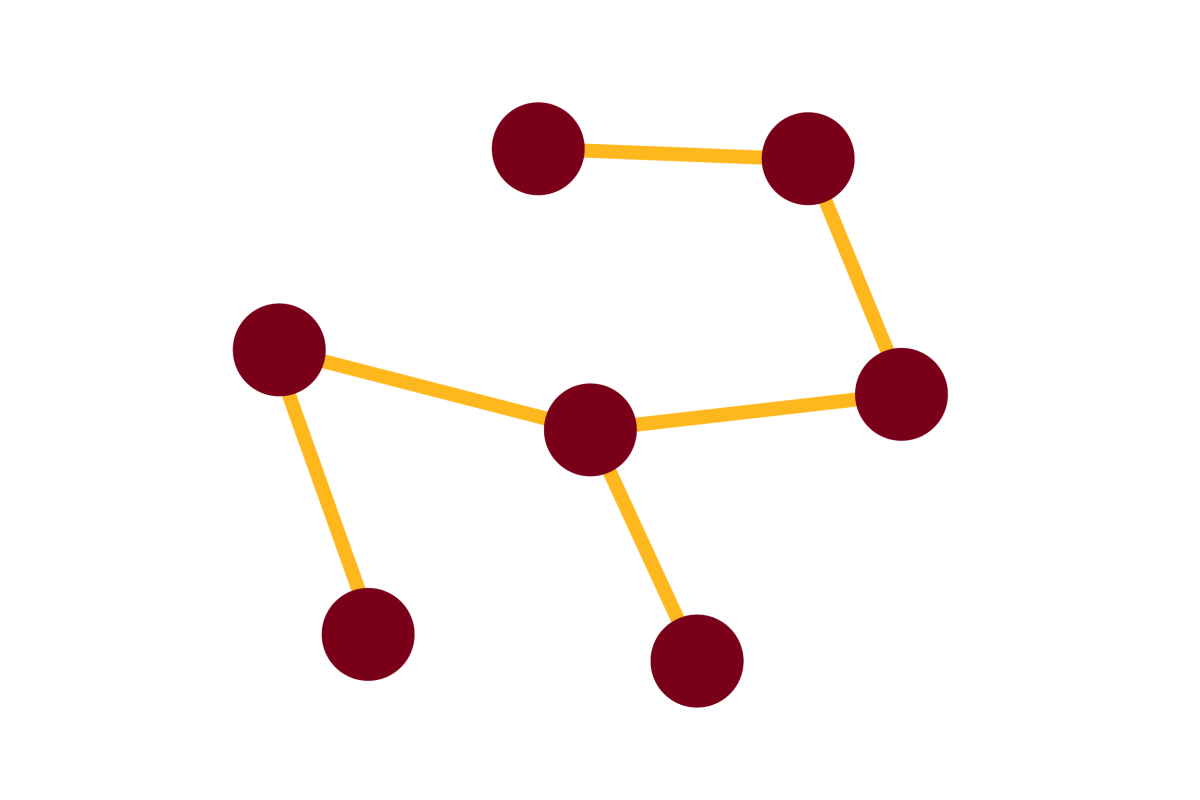Imputation of Spatially-resolved Transcriptomes by Graph-regularized Tensor Completion [journal]

Journal
PLOS Computational Biology - April 7, 2021
Authors
Zhuliu Li (Ph.D. student), Tianci Song (Ph.D. student), Jeongsik Yong, Rui Kuang (associate professor)
Abstract
High-throughput spatial-transcriptomics RNA sequencing (sptRNA-seq) based on in-situ capturing technologies has recently been developed to spatially resolve transcriptome-wide mRNA expressions mapped to the captured locations in a tissue sample. One major limitation of in-situ capturing is the high dropout rate of mRNAs that fail the capture or the amplification, which leads to incomplete profiling of the gene expressions. In this paper, we introduce a graph-regularized tensor completion model for imputing the missing mRNA expressions in sptRNA-seq data, namely FIST, Fast Imputation of Spatially-resolved transcriptomes by graph-regularized Tensor completion. We first model sptRNA-seq data as a 3-way sparse tensor in genes (p-mode) and the (x, y) spatial coordinates (x-mode and y-mode) of the observed gene expressions, and then consider the imputation of the unobserved entries as a tensor completion problem in Canonical Polyadic Decomposition (CPD) form. To improve the imputation of highly sparse sptRNA-seq data, we also introduce a protein-protein interaction network to add prior knowledge of gene functions, and a spatial graph to capture the the spatial relations among the capture spots. The tensor completion model is then regularized by a Cartesian product graph of protein-protein interaction network and the spatial graph to capture the high-order relations in the tensor. In the experiments, FIST was tested on ten 10x Genomics Visium spatial transcriptomic datasets of different tissue sections with cross-validation among the known entries in the imputation. FIST significantly outperformed several best performing single-cell RNAseq data imputation methods. We also demonstrate that both the spatial graph and PPI network play an important role in improving the imputation. In a case study, we further analyzed the gene clusters obtained from the imputed gene expressions to show that the imputations by FIST indeed capture the spatial characteristics in the gene expressions and reveal functions that are highly relevant to three different kinds of tissues in mouse kidney. The source code and data are available at https://github.com/kuanglab/FIST.
Link to full paper
Imputation of Spatially-resolved Transcriptomes by Graph-regularized Tensor Completion
Keywords
bioinformatics, computational biology